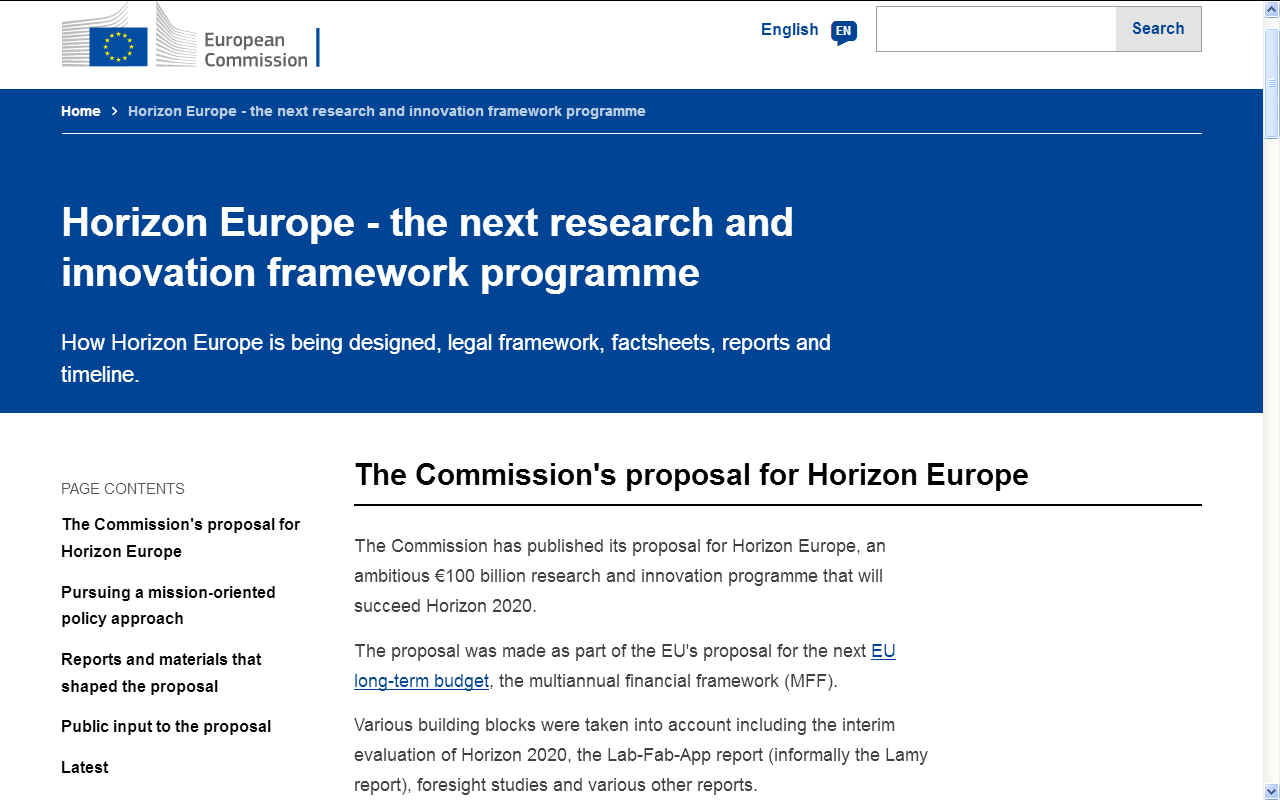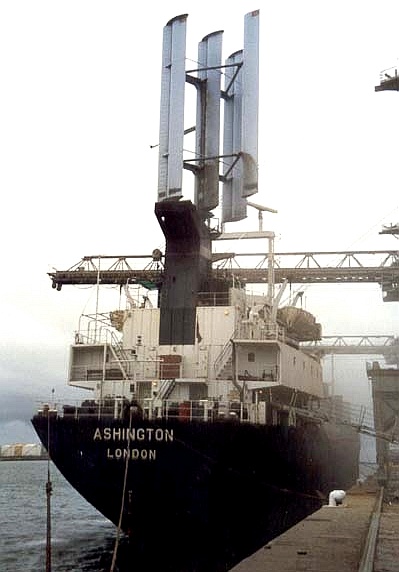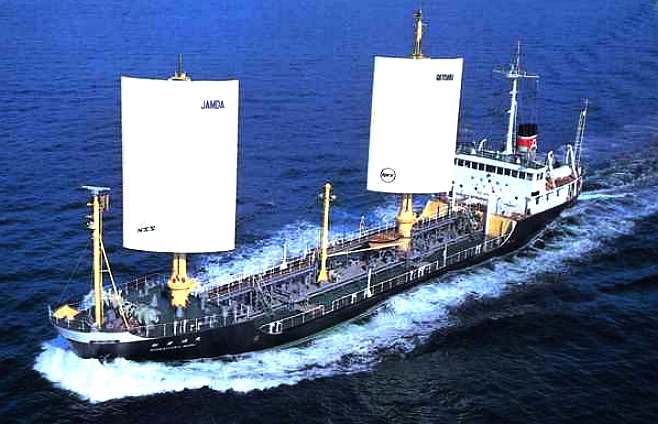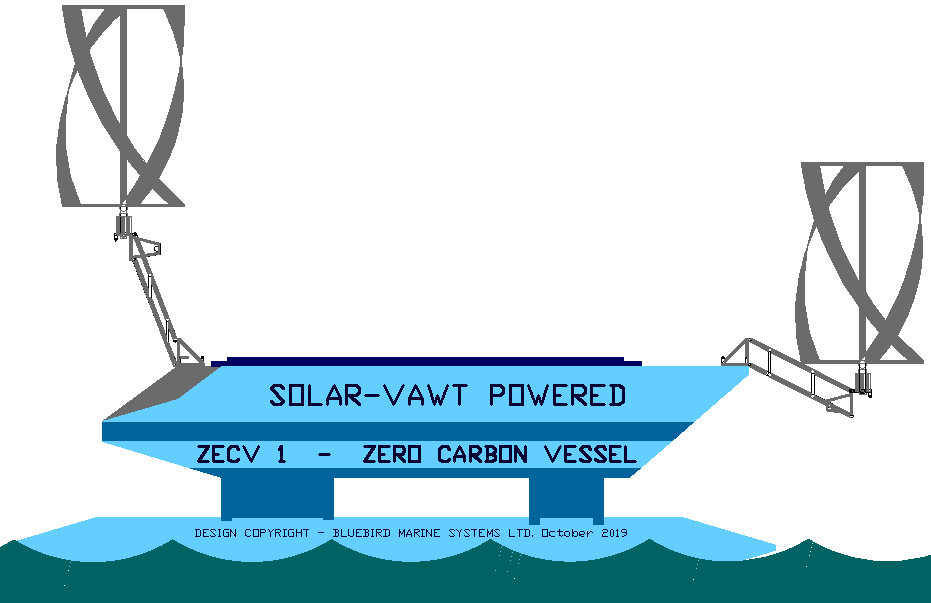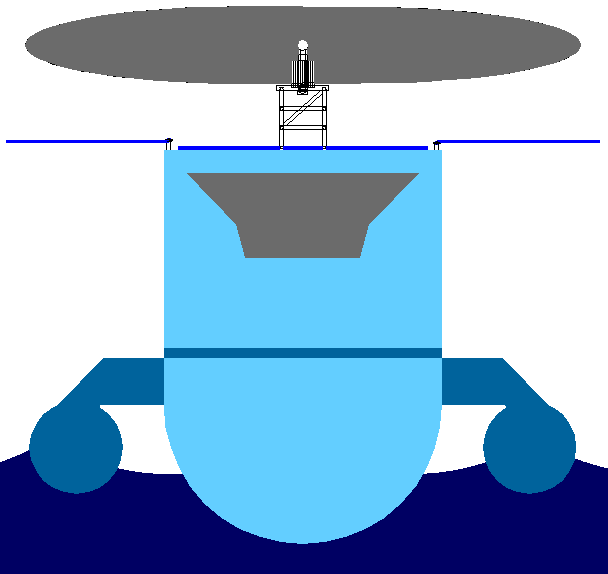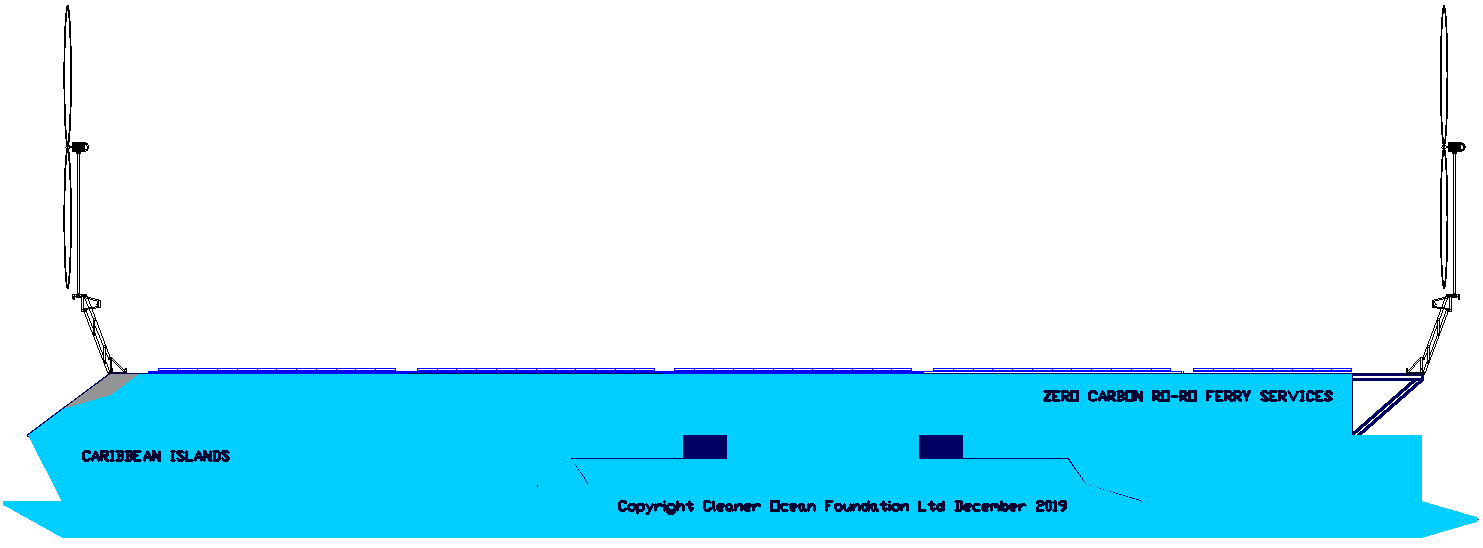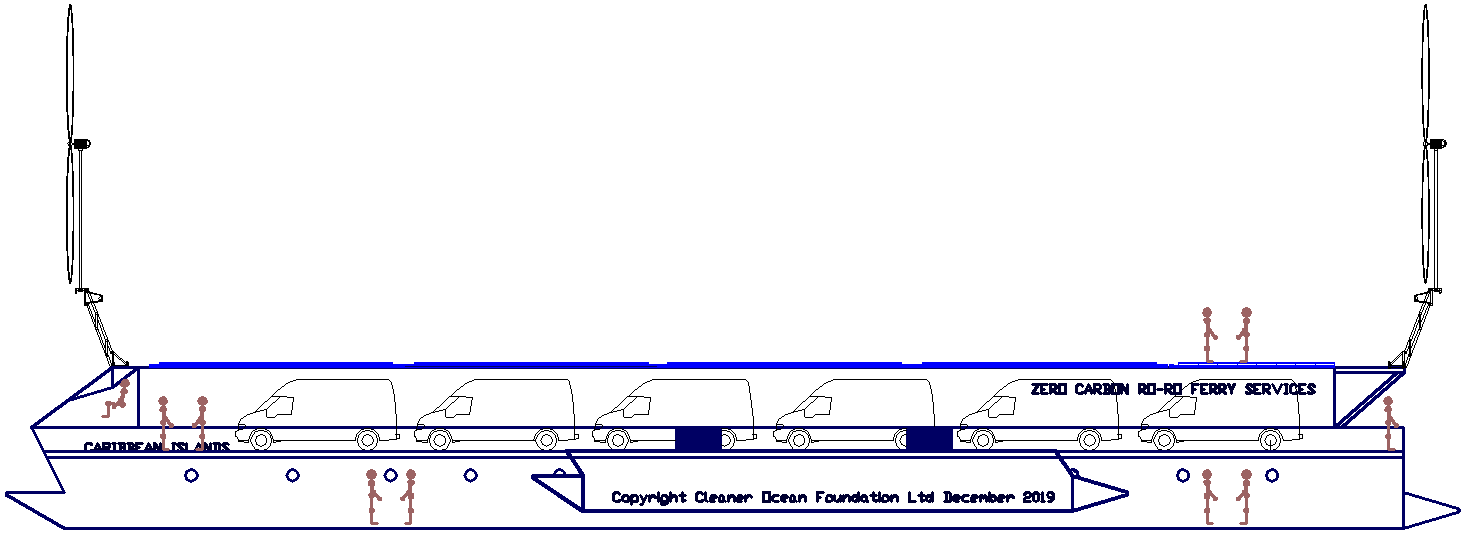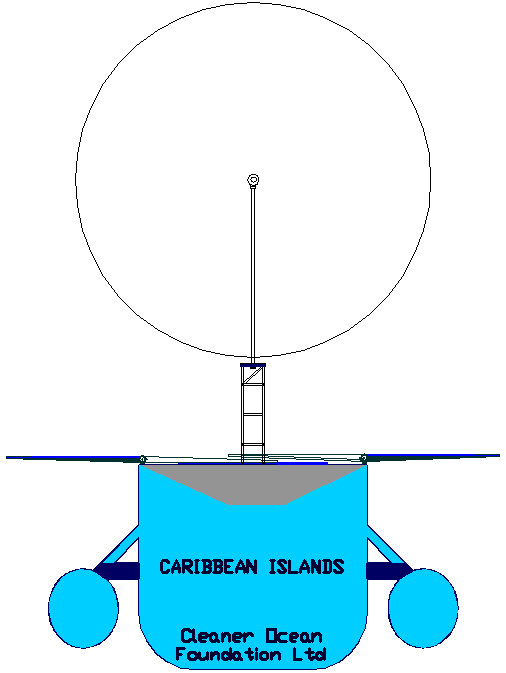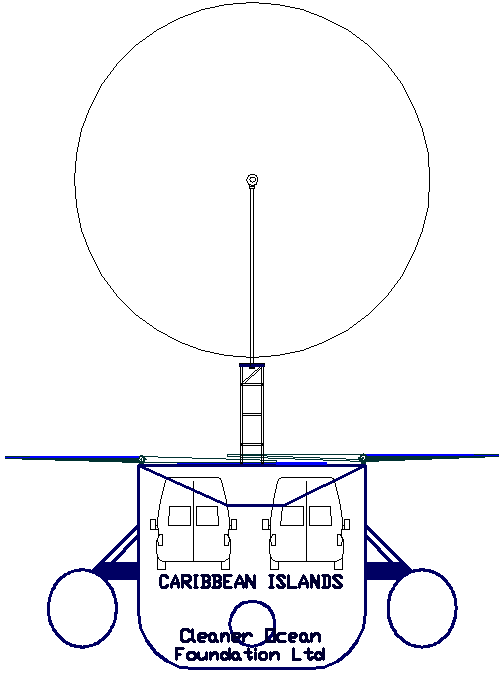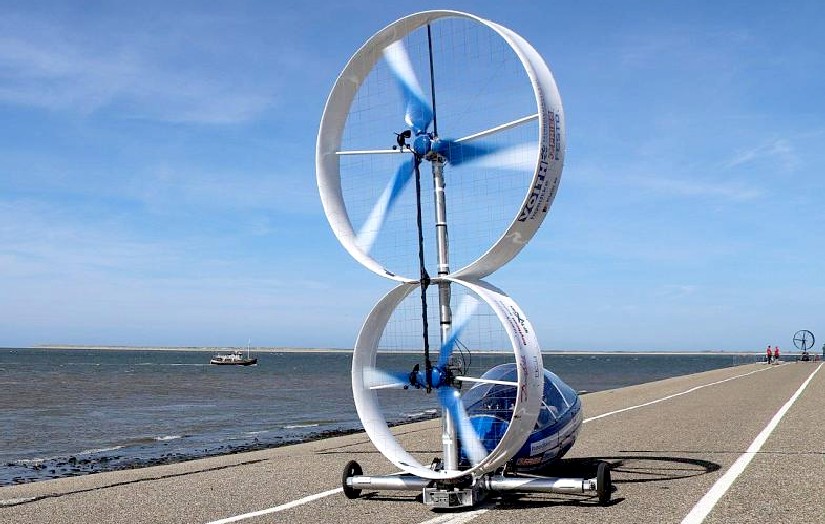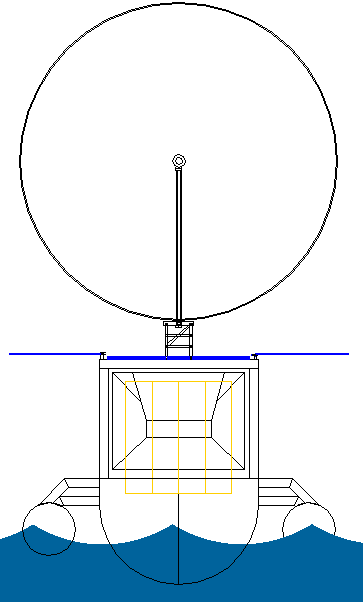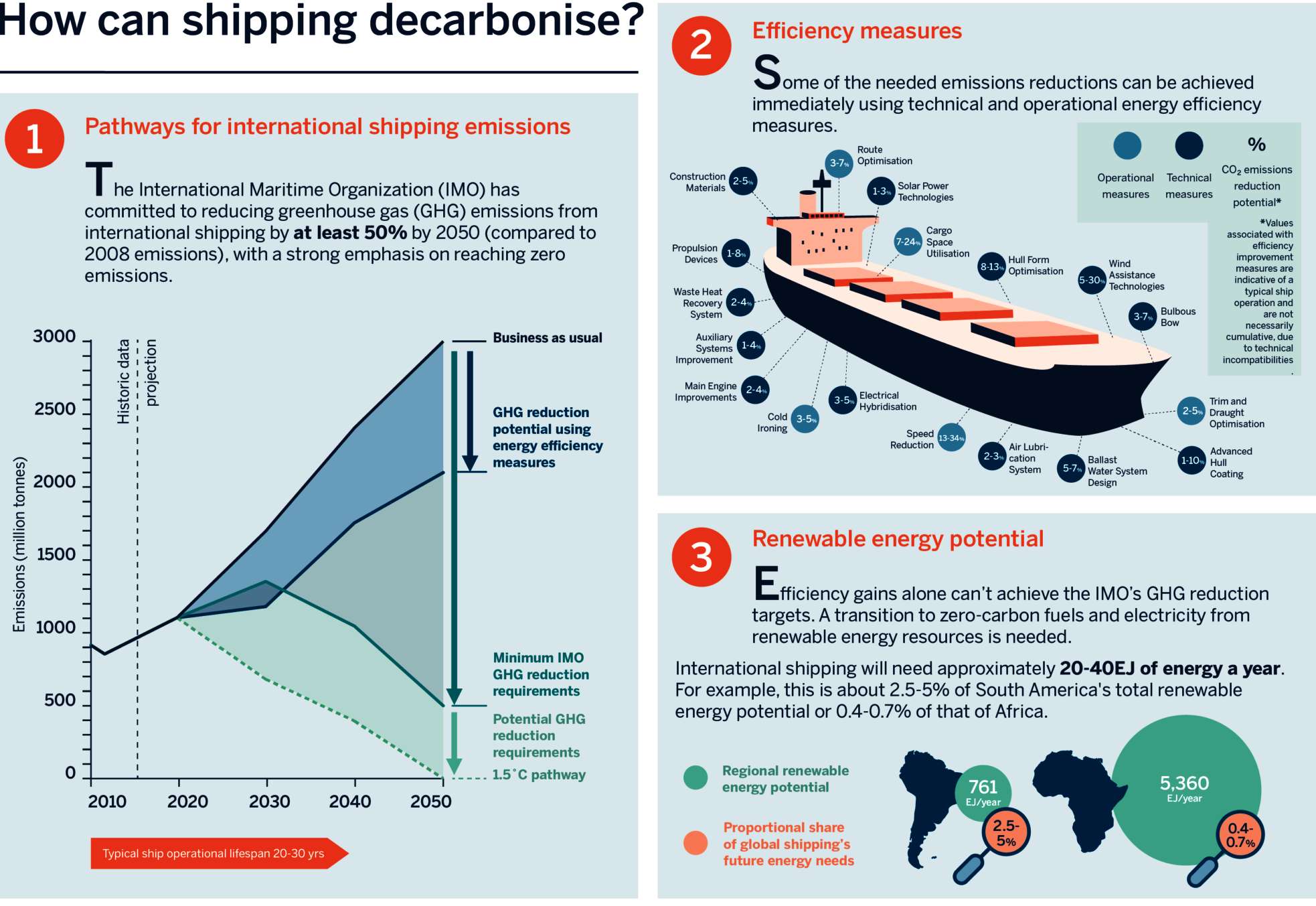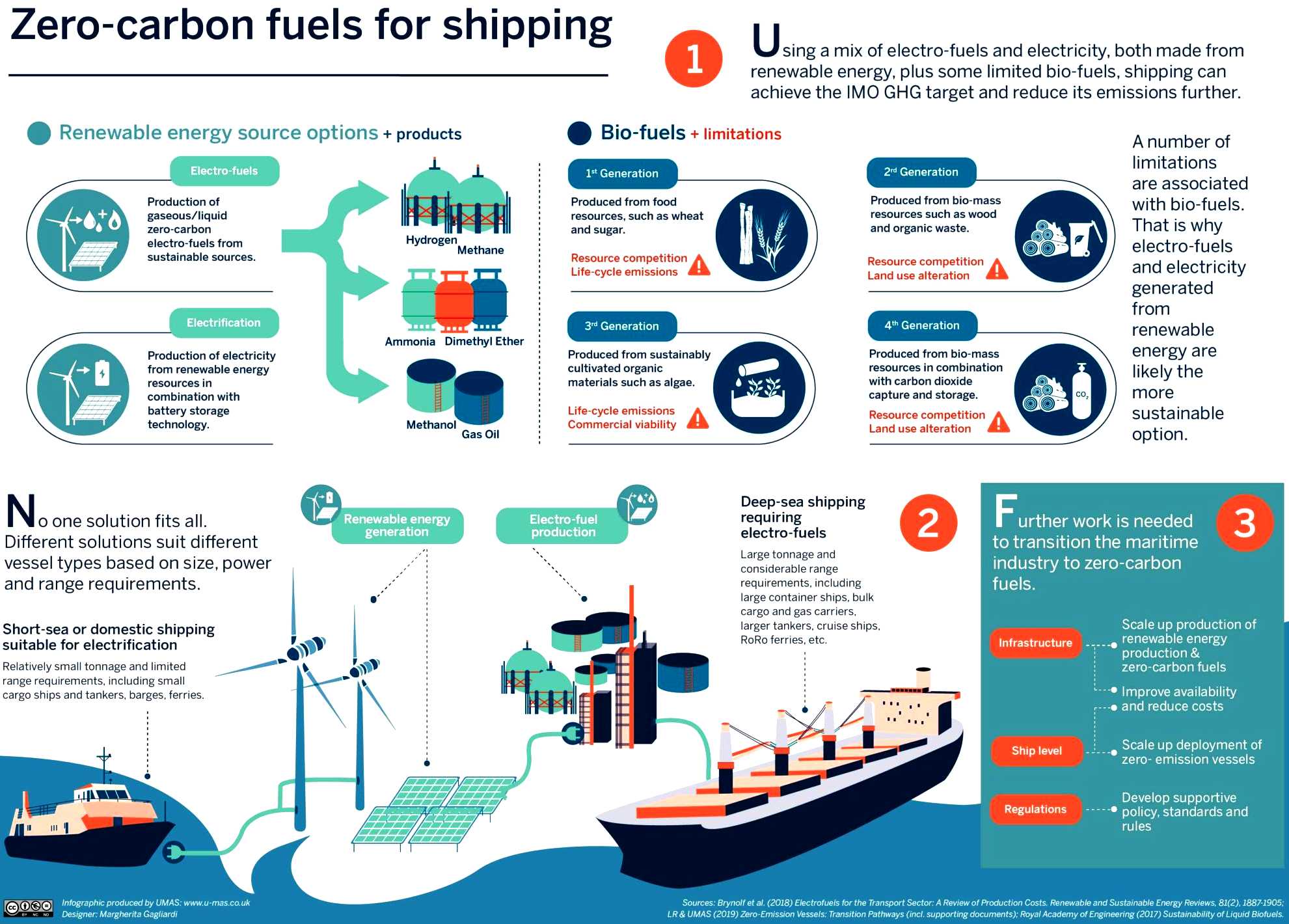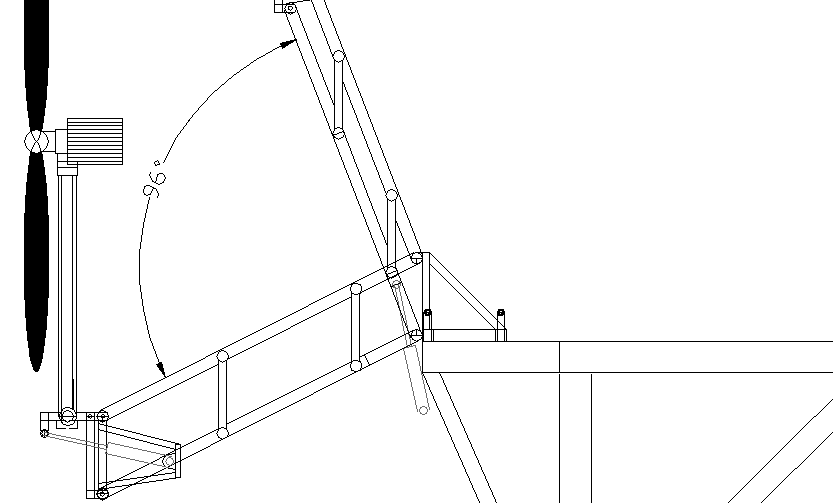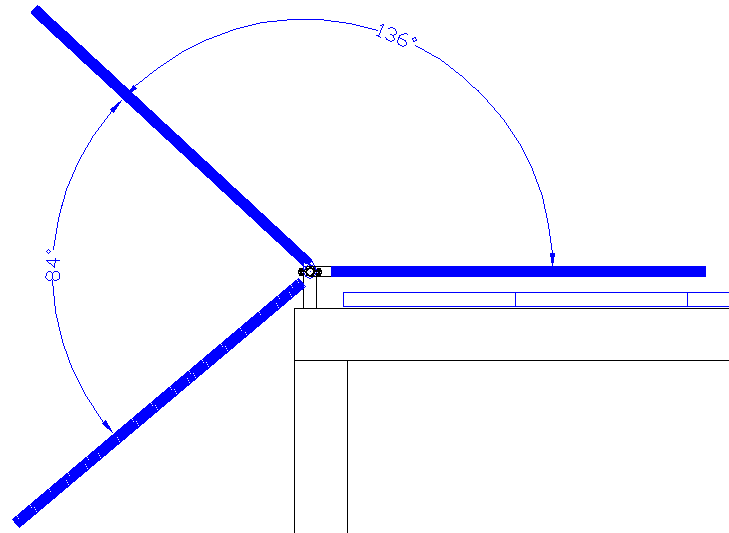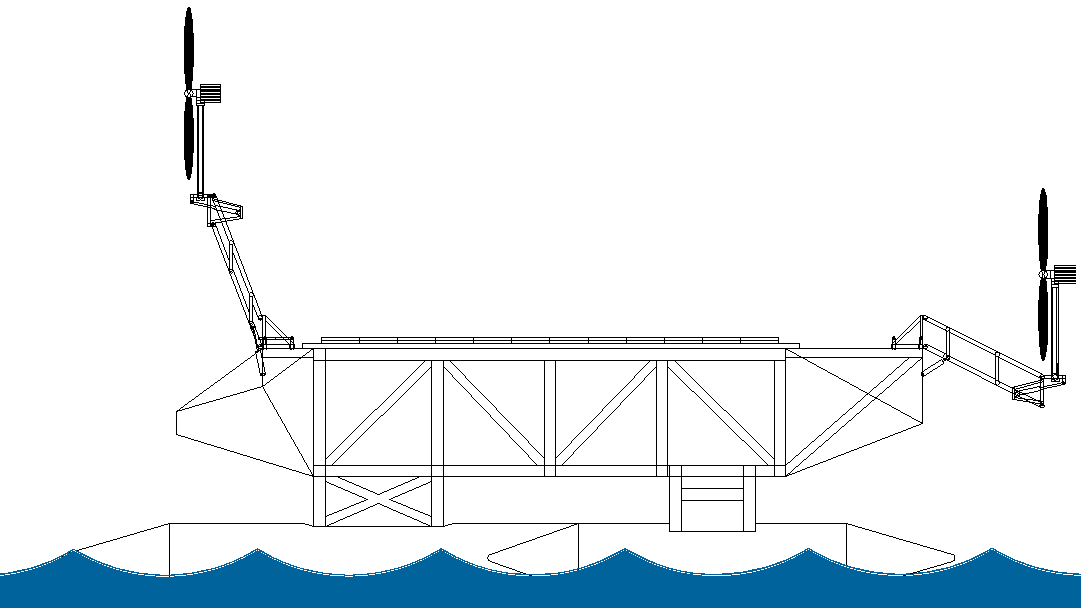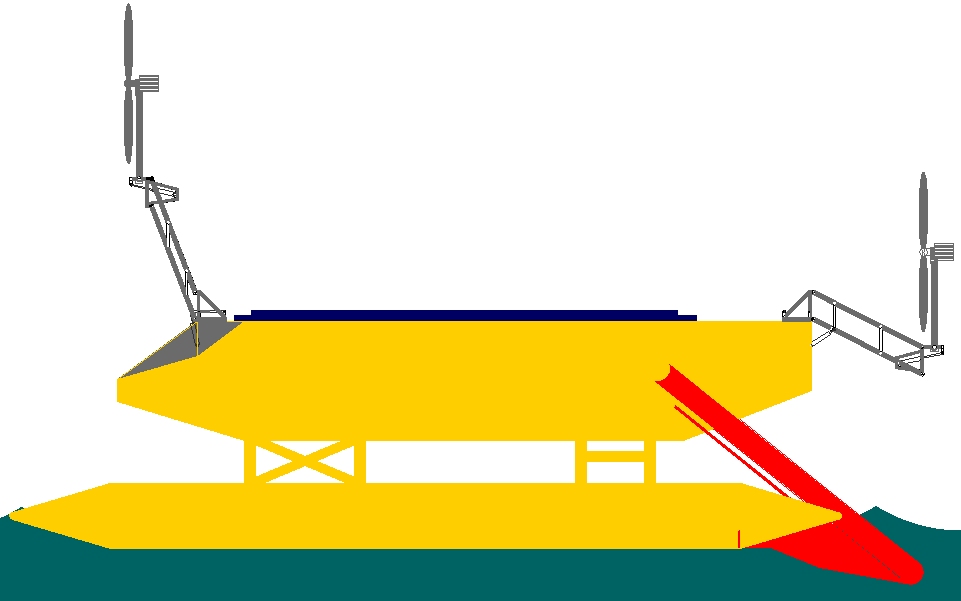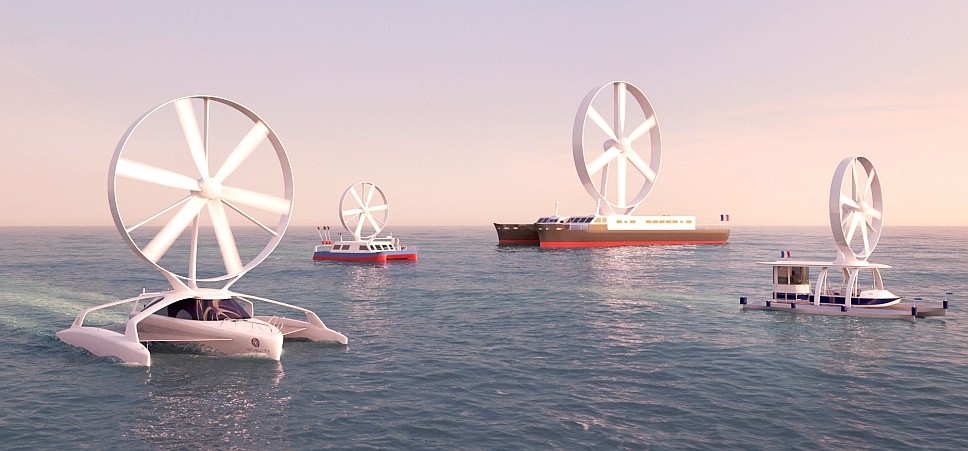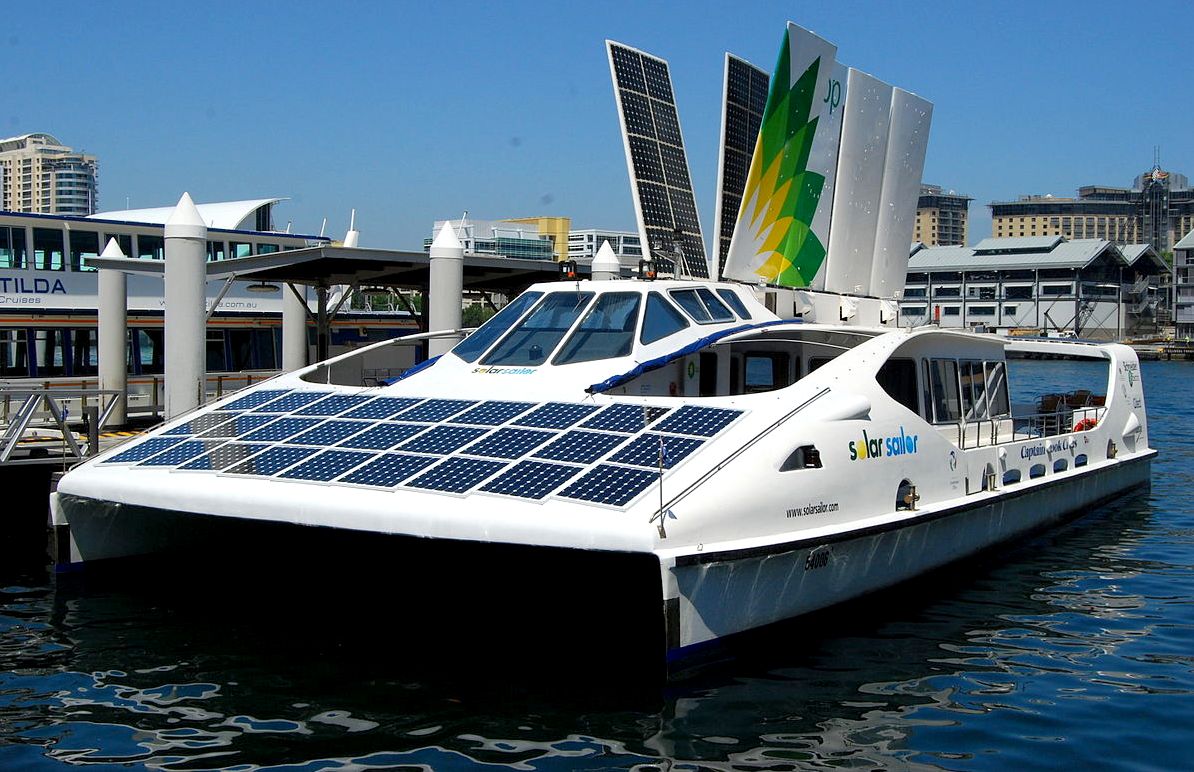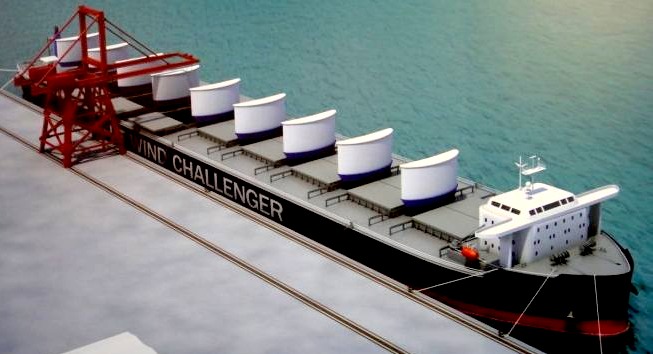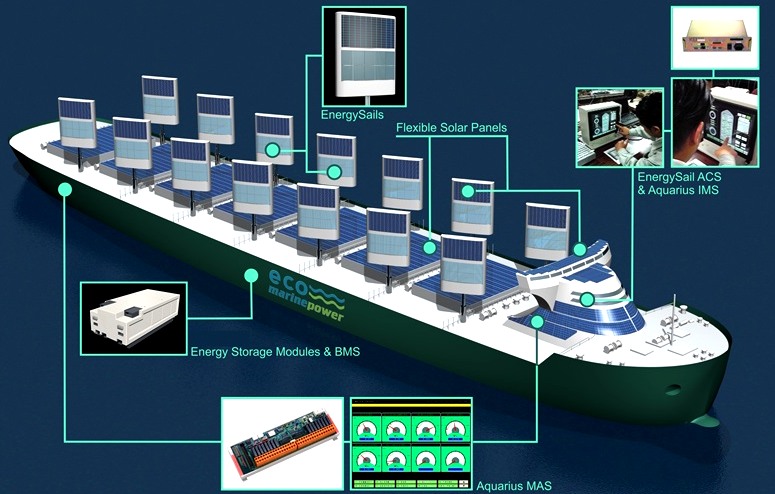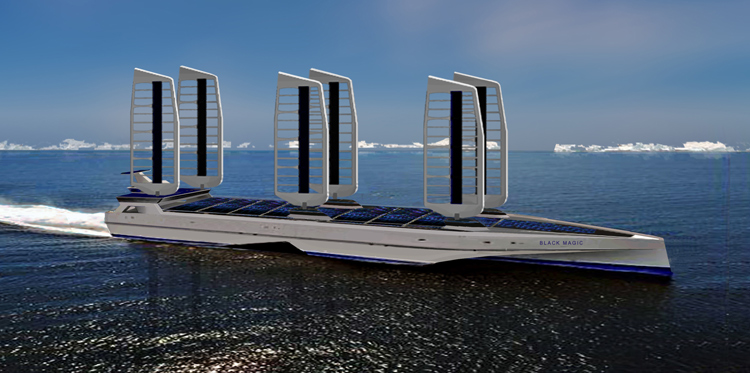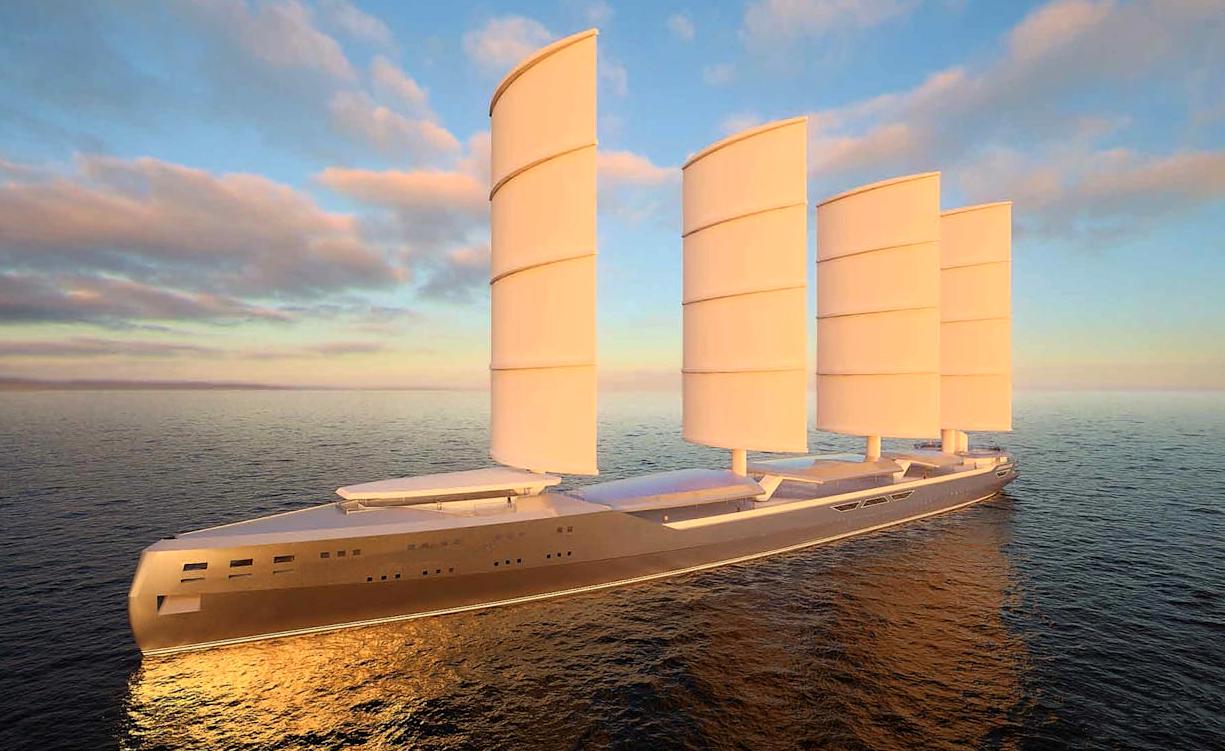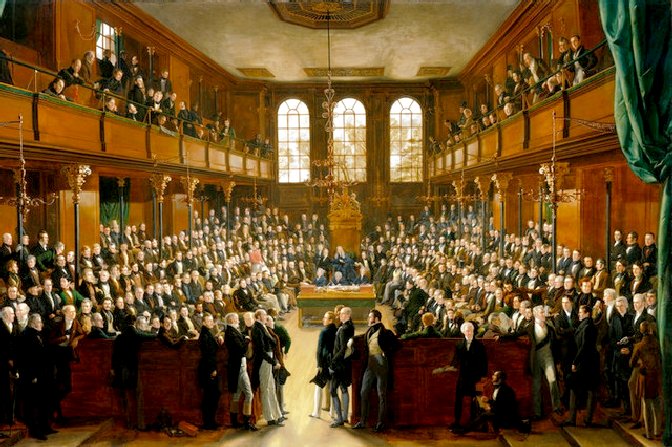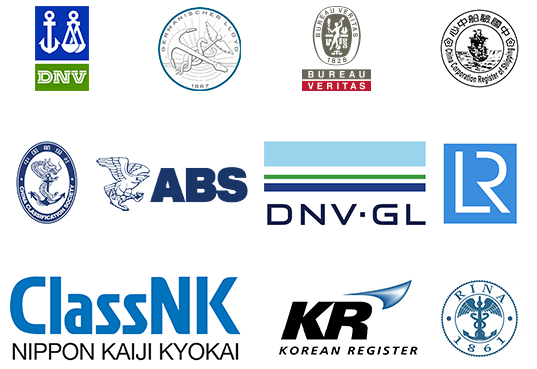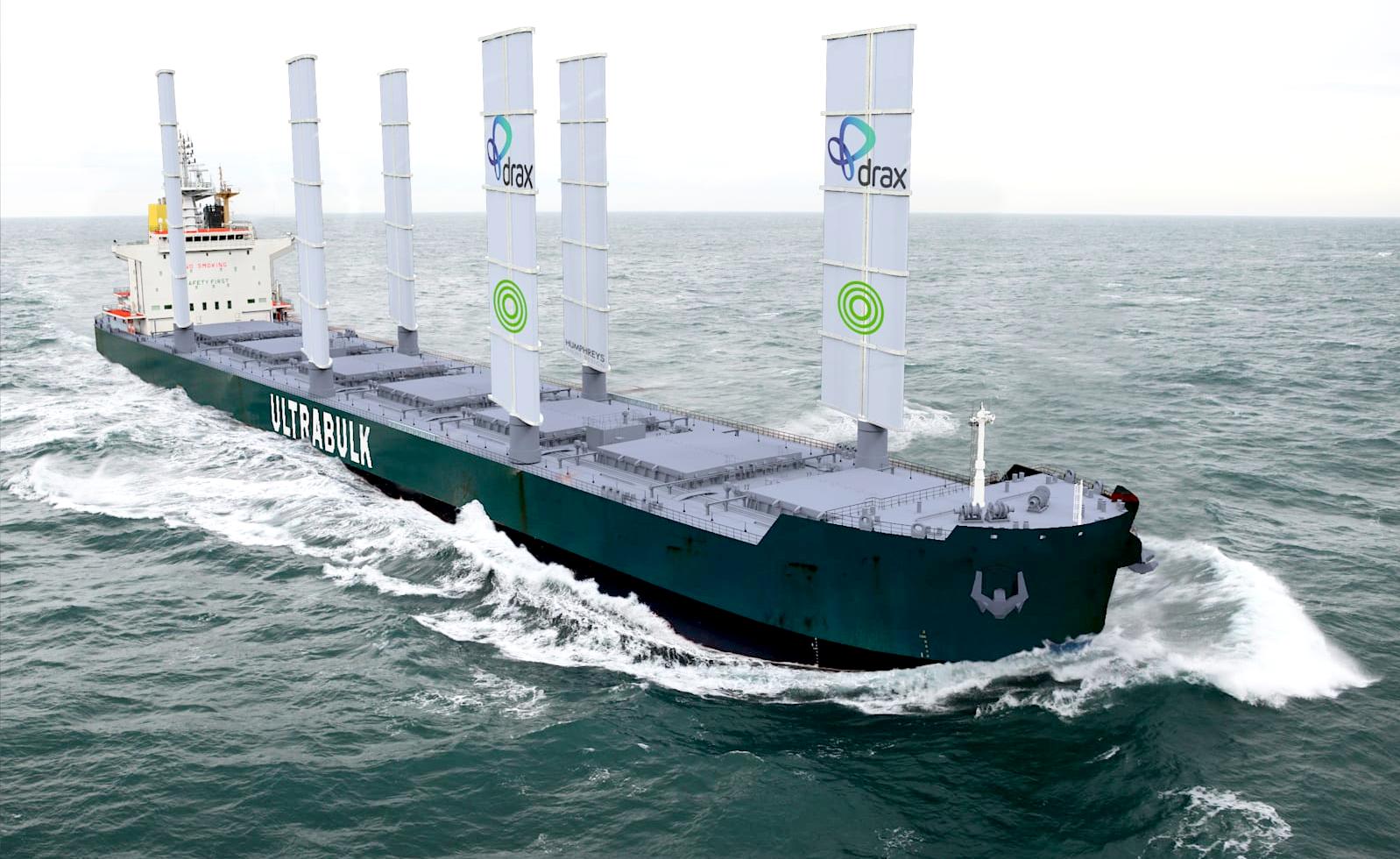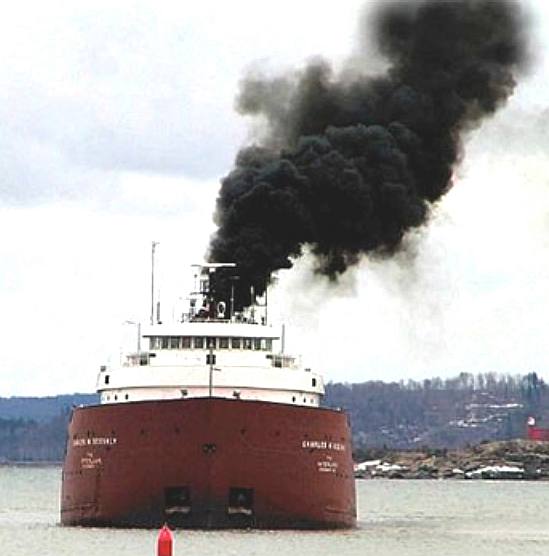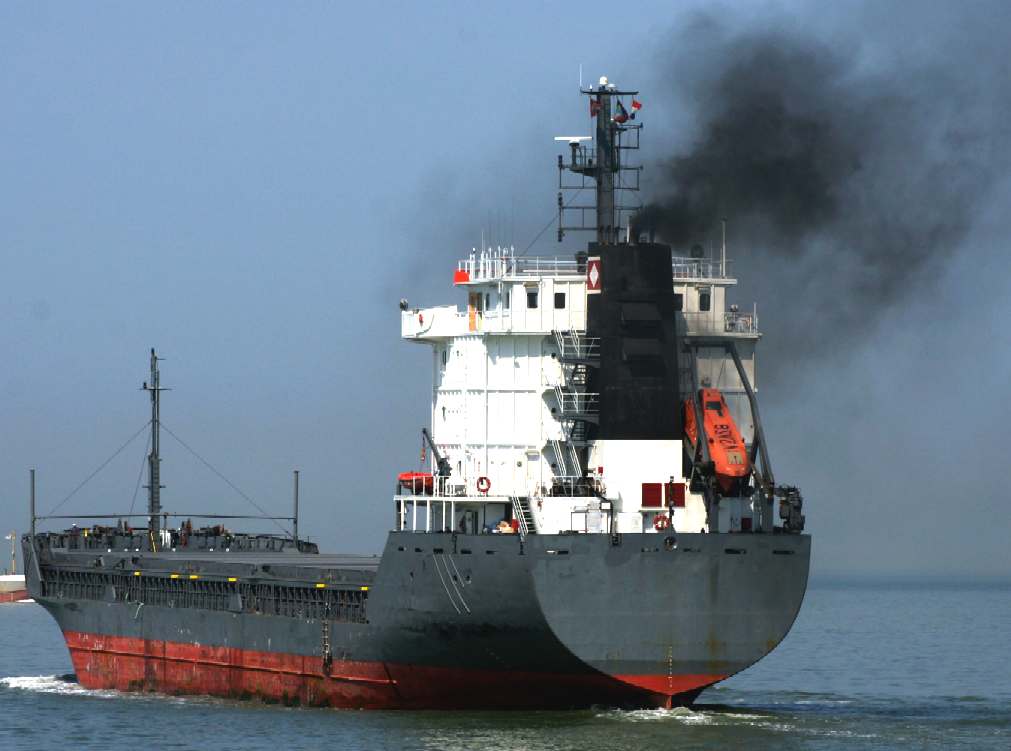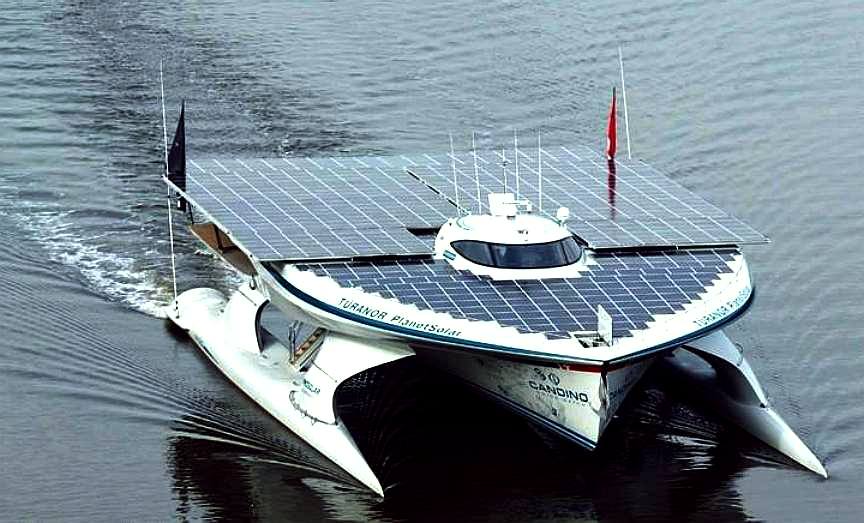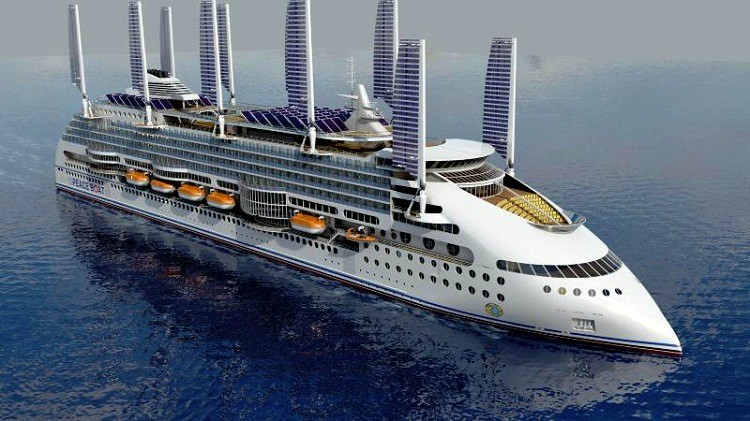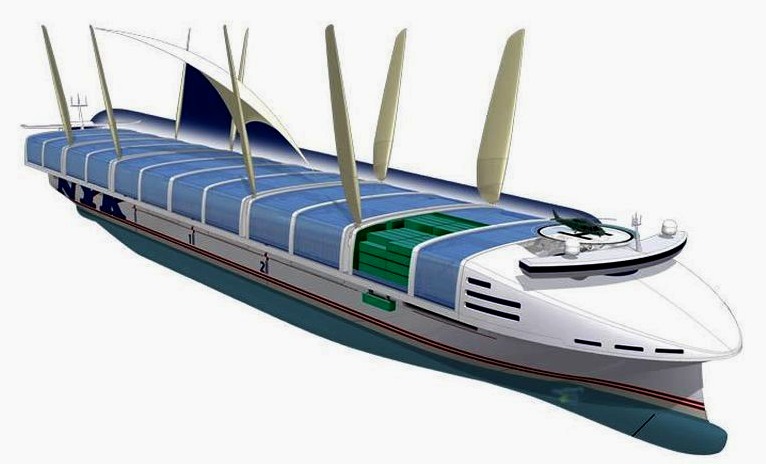|
DECARBONIZING SHIPPING
Please use our A-Z INDEX to navigate this site where page links may lead to other sites
|
||||||||||||||||||||||||||||||||||||||||||||||||||||||||||||||||||||||||||||||||||||||||||||||||||||||||||||||||||||||||||||||||||||||||||||||||||||||||||||||||||||||||||||||||||||||||||||||||||||||||||||||||||||||||||||||||||||||||||||||||||||||||||||||||||||||||||||||||||||||||||||||||||||||||||||||||||||||||||||||||||||||||
|
This is our (draft) preparations for a proposal for the Horizon 2020 call for decarbonizing long distance shipping LC-MG-1-13-2020 (RIA) 1, that opened on 3 September 2019, with first stage proposals to be submitted before 9 January 2020. As we develop the bid, the order of business, partners and priorities are likely to be subject to change. Those who have expressed an interest in joining with this bid, or who might be considering an EOI, can review the concept in outline form and make suggestions as part of the concept development and final proposal to be submitted.
The object is to reduce cost of conversions and increase reliability while at the same time increasing performance. This is achieved using large area turbines (Horizontal or Vertical) and folding solar arrays, either in combination or stand alone. Hence, a subject cargo vessel might include turbines, or turbines and solar arrays, or just solar arrays - depending on a survey of the ship in question and what deck area may be utilized. Eventually focusing on a target cargo or passenger ferry/cruise ship.
The concept of using wind and solar power together on ships is no longer science fiction, nor is it decades away. There are a number of interesting concepts under development. In our view the first practical application of combined wind and solar power was with Solar Sailor, where sails were also solar panels that could be aimed. Before this, in the 1980's several Japanese ships were fitted with rigid sails with the aim of reducing fuel consumption, driven largely by the oil crisis in the 1970's which resulted in oil shortages and the price of oil soaring. When the crisis passed and oil prices fell again, the viability of rigid sails in terms of cost was undermined.
WIND ASSISTED SHIPS - [Left] The Ashington cargo vessel from 1979 was fitted with a Walker Wingsail system in 1987 to reduce oil consumption and [Right] the Shin Aitoku Maru in 1980, both wind assisted cargo vessels.
Despite this ships such as the 'Shin Aitoku Maru' and 'Usuki Pioneer' were fitted with JAMDA (Japan Marine Machinery Development Association) rigid sails that reportedly proved rigid sails reduced fuel consumption by approximately 10-30%. The search continues for the best combined wind system, and that is where we come in, where rigid sails would mean a ship needed to tack to sail 100% zero carbon, whereas a rotary sail eliminates tacking, capturing energy from one vector and converting to another without the ship needing to alter course.
For good reason, the shipping industry is entrenched in square bilged designs to reduce draft, but this also increases hull weight and drag with virtual beams across the flat bottomed hull sections. A circular hull is lighter with a deeper draft penalty but as there is a theoretical (practical) limit for solar and wind powered craft, this may not present a problem if a solution is provided for adoption in faster handling ports. Regardless, this present proposal is for conversion of existing ships, looking to the future for 100% zero emissions shipping. We are also looking at aluminum alloys to replace steel, since the weight saving represents fuel savings in relation to delivered cargo.
This is the consortium build and project proposal for the First Stage of the EU funding application process. We wish to attract collaborative research partners for rotary wind sails (or turbines) as stand alone aids to heavy cargo marine propulsion, and/or in combination with solar arrays, also to supplement propulsion via electric motors and batteries, or to operate the ships electrical system - having the same effect as reducing onboard generated electricity from diesel engine auxiliary generators.
ADVANCED TECHNOLOGY - This design advances the capture of solar and wind power to the next level. We are proposing testing VAWT and HAWT designs on the same vessel, to be able to compare results of the different technologies. Copyright © October 2019, Cleaner Ocean Foundation Ltd.
Ships are twice as efficient as trains and 10 times more efficient than trucks as a means of transporting goods around the world. We must then develop shipping sustainably for economic stability.
We propose conducting research and development to define as far as it is possible from the studies and analysis of data obtained, to demonstrate that using wind and solar energy harvesting to assist heavy diesel oil bunker fuel, methanol, or LNG powered ships (in the first instance) might provide more assistance to cargo and passenger ships than other wind and solar assisted projects, some of which are featured on this page below as direct competition, but also as developmental allies against a climate challenge, and to complement their work in proposing alternatives.
This blue growth inspired Proposal is to include the following work packages in combination and as a comprehensive package, though presently in draft form:
1. Investigative research and development relating to horizontal (HAWT) versus vertical( VAWT) axis wind turbines against or as rotary sails, to obtain the maximum thrust (energy generation) from a given area and mass for quiet operation, based on a computer controlled energy management system that will allow raising and lowering - and safe docking in ports by way of furling and locking to avoid loading complications.
2. Investigative research and development of solar panel tracking and wing deployment in a dynamic situation in relation to hull stability in harsh weather conditions, to include means of folding or stowing, also to avoid docking or loading complications, stand alone or in combination with the computer energy management in 1. above.
3. Superstructure optimization in relation to any proposed hullform and solar/wind energy harvesting system in 1 and 2 above, in relation to existing vessel conversions or purpose designed zero carbon vessels.
4. Hullform design in relation to the proposed solar and wind energy harvesting system, to include tank testing of a suitable small scale model for stability.
5. On completion of 5a, the implementation of either 5b or 5c below by way of demonstration of the concept.
a) Completion of a 1/4 scale rig based on a large van (for mobility), for development and debugging of the computer controlled energy management system, including hydraulic raising/lowering and furling operations.
b) Construction of a 16m test bed, ocean capable vessel incorporating the solar arrays and wind energy harvesting apparatus as developed in 1. - 4. The prototype vessel to be used to promote the technology by way of demonstrations at events and in relation to requests by interested third parties, especially concerning media articles and news reports. Or,
c) Survey of, and fitting of one full solar/wind, solar or wind module to an existing cargo or cruise ship by way of a conversion to an assisted ship, as determined to be a practical installation for the donor vessel. The donor vessel might be one in service or to be retired, but as converted, to be used to promote the technology as in 5b. These sections to be expanded on in our 2nd stage application.
6. Course optimization study in relation to wind and solar energy harvesting, to include the development of autopilot compatible data sets to enhance effective course keeping in relation to prevailing wind and solar energy patterns.
7. Non-dependent semi-autonomous monitoring of course keeping to ensure adherence to optimized course keeping (green lanes) and data streaming for analysis of energy harvesting application to enhance vessel performance.
8. Effective satellite communications to support vessel energy optimization, course keeping and data dissemination.
9. Design of a rig based on the developed components in 5a to allow for flexible installation on a variety of existing ships as per 5c or a small ferry/cargo vessel as in 5b.
10. A study of production cargo vessels for the purpose of estimating the assistance that a system as demonstrated by 5b or 5c. above might provide in percentage terms in relation to available deck space and relative ease of conversion.
11. A port infrastructure study to define any issues with the adoption of such solar and wind assisted and/or purpose built (zero carbon) vessels as compared to LNG and H2.
12. A life cycle study to compare with existing state of the art vessels.
SUSTAINABLE CONTAINER SHIPS - This is the same container transport shown with the horizontal axis turbines furled, as if docked in port. When folded down like this the blades do not revolve and may be locked. By this means ports do not have to alter their support for zero carbon ships. A solar and wind turbine rig like this could generate 108kW (145hp) of energy peak. The average energy available 24/7 for a 50m vessel (shown) of around 100-200 tonnes DWT is likely to be around 70.7kW (94.8hp) or more in the trades where this example yields 0.37kW continuous (0.49hp) per ton of vessel. The power could be greatly increased with more solar panels and wind turbine area. This is the subject research.
The concept may be doubled and quadrupled without too much trouble. You'd need to up-scale by a factor of 8 to match the 400 meter ships that operate today to carry 960 standard containers. See our top ten list below. That is approximately 1/24th the capacity of a heavy bunker fueled giant if we stay with 400 meter hull length formula. As such the concept raises logistical challenges. It is though a formula for eventual 100% zero carbon transportation that is theoretically workable. We believe that such a system could eventually replace bunker fuels and eliminate the need for liquid fuels that may be potentially dangerous, or have infrastructure difficulties to overcome such as with liquid hydrogen storage.
Meantime, LNG offers some respite and a system based on these components, that is less integrated, might be tacked onto existing ships to assist propulsion and lower fuel consumption - as an interim measure during the transition to sustainable shipping that the EU is seeking.
CARGO CONTENDERS A list of the top ten fossil fueled leaders that could benefit from solar and wind assistance. You may notice from the specification of these vessels that we are in the right theoretical ballpark for power to cargo ratio when comparing DWT to installed engine power:
A - Z SAIL AND SOLAR ASSISTED BOATS & SHIPS
WHO WILL COORDINATE THE PROJECT ?
Bluebird Marine Systems Ltd is coordinating this bid with the help of the Cleaner Ocean Foundation Ltd in a supporting role. They are assembling a European consortium of academics and businesses to look at the the feasibility of using a wind and solar energy system in a more developed way to provide zero carbon transport for the Pacific Ocean islands to and from mainland suppliers and destinations.
The coordination and project development team includes:
Danny Goldsmith: Naval architect Nelson Kay: Coordination Briggette Dusart: Administration Lloyd Stebbings: Boat builder Richard Whelan: Logistics Jamie Hughes: IT & communications Chris Close: Steerage
The project is to define and subsequently to demonstrate a formula for sustainable blue water ocean transports, the aim being to interest commercial ship builders to retro-fit a rig of sufficient energy harvesting capacity to
undertake further development as a result of these researches. Such as whether the concept may be scaled up from the at present medium size example, to cargo and cruise ships. The research being to contrast the power to weight ratio and storage capacity of such an energy harvesting system balanced against cargo carrying ability, navigation and other refinements, to define a formula for delivering sustainable transport for the Pacific region.
CONSORTIUM BUILDING PROGRESS
CONSORTIUM BUILD & WORK PACKAGES
In principle, the consortium consists of the following (up to 15*) organizations in no particular order :
- European Universities (pending) - European software developers (pending) - A British wind turbine developer (confirmed) - European wind turbine developer (confirmed) - A British naval architect (confirmed) - A British University (confirmed) - A European autopilot developer (confirmed) - A European boat builder - A European eco boat developer - A European coatings producer (pending) - A European ferry operator (pending) - A European Electronics company (pending) - A European electric motor manufacturer - ... - ...
SIMON BENNETT - With respect to the IMO goals set for 2050 – a 70% efficiency improvement as an average across the fleet, and a total CO2 cut by the sector of at least 50% by 2050 (regardless of expected growth in maritime trade).
Mr Bennett is quoted as saying “these targets can realistically only be achieved with the development and global roll out of genuine zero CO2 fuels.” “To be clear, zero CO2 fuels means radical and as yet unproven technologies such as hydrogen fuel cells using ammonia or methanol or batteries powered using renewable energy. While LNG or biofuels will play an important part in the transition we only really see these as interim solutions that won’t deliver the ambitious targets which IMO has now set for 2050. “While we are confident new zero CO2 technologies will eventually deliver they are not yet fully ready for maritime application, and certainly not yet for deep sea trades.”
GURINDER SINGH - In a collective call to action for the decarbonization of shipping last year (2018), 34 signatory CEOs from the industry made clear that efforts to significantly lower the carbon footprint of shipping presented them with the: “biggest technology challenge in the past 100 years”.
50M ZERO CARBON RORO - This is a small roll-on roll-off ferry designed to carry 12 large vans, with passenger rooms below decks. She is a zero carbon design featuring twin wind generators that also add to thrust directly from the wind (like sails) and a full deck of solar panels that track the sun - including a battery store. The age of zero carbon shipping is dawning, with designs like this leading the way. Unfortunately, this vessel would cost significantly more to build than the funding rate for this call. Hence, the proposal to develop a 16m test-bed. If the pilot vessel is successful, designs like this inter-island hopper could ensure sustainable coastal tourism - without harming planet earth. Design Copyright © December 6 2019.
BLUE
BONDS - In
2018, the Seychelles launched the world’s very first sovereign blue bond. That issuance was for a total of $15 million worth of 10-year bonds for the purpose of protecting marine environments and safeguarding
fisheries. In
September 2019 the Pacific
Blue Shipping Partnership announced their intention to raise $400
million by issuing a blue bond. The coalition includes the governments of Fiji, the Marshall Islands, Samoa, Vanuatu, the Solomon Islands and
Tuvalu. They have set an emissions reduction target of 40% by 2030, and full decarbonisation by 2050.
RO-RO FERRY END ELEVATION - In these drawing we see a 50 meter RoRo ferry that is designed to service tourism and deliver supplies between the Caribbean Islands. The rotary sails provide a significant area, but may be increased to improve performance. The turbines can be raised and lowered to cope with different running conditions and furled for docking in ports or during storm conditions. The main hull is not the ideal, but a compromise shallow draft design - to accommodate two Ford Transit vans side by side (12 in total). The passenger areas are below decks. The outriggers provide stability against roll induced by the wind turbines. Please note that these drawings are Design Copyright © December 6 2019, and the hull configuration and energy harvesting system are patent protected.
BALTIC THUNDER - The same principle may be applied to land yacht as to boats and ships. Rotor sails or wind turbine powered drag racers like this regularly achieve 90% of wind speed, heading into the wind, and more that twice wind speed downwind. That is far more effective than ordinary sails. A ship with rotary sails like that shown above should perform well, especially using the trade winds and electric drives that allows the storage of wind energy that sailing boats cannot do.
WHEN WILL THE PROJECT COMMENCE ?
A first stage application must be filed with the European Commission before 5th January 2020.
We are aiming for a start on this project in May or June 2021, the actual start date being dependent on agreement with the European Commission as to scope, level of funding, together with initial payments being made to all consortium partners.
CONTAINER SHIP END ELEVATION - In these drawing the solar wings of a 50 meter container vessel are shown folded out horizontally as though the sun was overhead. The horizontal axis rotary sails provide a significant area, but may be increased to improve performance. Vertical axis may prove to be more of an advantage. This we aim to determine. The turbines can be raised and lowered to cope with different running conditions as seen in the middle and furled for parking in ports or during storm condition; as seen on the right. The main hull is cylindrical for minimum wetted area, while the outriggers provide stability, again with a small wetted area for a low drag hull. The superstructure on the right has been lowered to reduce frontal area and air drag. Please note that these drawings are Design Copyright © October 17&19 2019, and the hull configuration and energy harvesting system are patent protected.
The concepts of "Green Shipping", "Green Logistics" and "Sustainable Shipping" have become important issues for ship owners, shipping lines and ship builders globally. In addition various regulations and initiatives are being implemented aimed at reducing emissions from ships. Examples of these include Emission Control Areas (ECA's) and a limit on the sulphur content in marine fuels.
Various rotary and rigid sail concepts have been applied to a range of smaller vessels but these have not gained widespread acceptance to date on large ships due to the considerable engineering & operational challenges.
WHY DO THEY WANT TO DO THIS ?
With the present climate emergency likely to worsen without some immediate action, vessels that are zero carbon should be put to good use wherever possible.
At the present time there appears to be no system for marine craft that would allow for the intelligent dual harvesting of solar and wind energy in such autonomous combination, so as to be able to provide sufficient energy for propulsion at speeds of up to 10 knots for sustainable transportation to support tourism as part of circular economic development and 15-20 knots for island hopping.
INTERNATIONAL MARITIME ORGANIZATION
Where the International Maritime Organization are aiming for a 40% reduction in greenhouse gas emissions for 2030, we should like to develop an automated solar and wind energy harvesting system for boats, that may be up-scaled for ships, to provide power to weight ratios between
2.00kW continuous and 3.6kW peak, per ton of vessel (specs dependent) Such targets require computer automated solar and
rotary sail tracking to minimize shading, lightweight structures and integrated
hydraulics,
coupled with advanced autonomous navigational coursekeeping.
ANGULAR MOVEMENT - The picture shows the angle of rotation of the moveable wind turbines on a collapsible (space frame) mast that is raised and lowered using hydraulic rams. The wind turbines work with the solar panels using computers and sensors to maximize the collection of energy from nature. During this project, rotary sails will replace ordinary wind turbines. Design copyright © 21-09-19 Cleaner Ocean Foundation Ltd, all rights reserved.
INNOVATIVE ASPECTS OF THE PROJECT ?
ANGULAR MOVEMENT - Another way to reduce fuel consumption on-board ships is through the use of solar power. Recent advances in solar cell and photovoltaic (PV) module technologies have led to solar power becoming a cost effective fuel reduction option on pleasure boats, ferries and tourist vessels. However on large ships the amount of fuel saved through the use of solar power alone is relatively small. The notion of a commercially viable solar ship seems distant at the moment.
These pictures show the angle of rotation of the moveable solar arrays and how the solar arrays fold over each other when stowed, seen in end elevation. Design copyright © 27-04-19 Cleaner Ocean Foundation Ltd, all rights reserved.
This research and development, if it is successfully demonstrated as described, offers one potential solution to the search for long range zero carbon ships of the future.
The United Nations SDGs and IMO targets for zero carbon shipping is 40% of the fleet by 2040 in an effort to stave off global warming.
ENERGY SECURITY - This is a draft design for a small ferry for channel crossings and operation in along Mediterranean coasts. Such development could free us from the oil based economy currently fueling global warming. Design Copyright © September 2019, Cleaner Ocean Foundation Ltd. The hull configuration and energy harvesting system are patent protected.
ROTARY SAIL EXPERIMENT - Few people have seen a sailing boat head straight into the wind. As you can see from this experiment on a pond in London, England, it does work. Where we are proposing a solar and wind powered combination, instead of coupling the rotary sail directly to the propeller that drives the craft, we aim to use the energy to drive a generator to charge batteries and/or propel the vessel. We are also mounting our turbines so that they self-align. Meaning that the vessel can be heading in any direction and still benefit from wind power.
DUAL PURPOSE MACHINES - The same basic hull form (as the small ferry above) can be converted to an ocean or river cleaning machine with a bolt on SeaVax head, here shown in red, or a net-free fishing zero carbon fishing boat. We have designed the hulls in such a way that they can be configured to run in two directions - what is perceived as backwards being for plastic cleaning duties - should policies change to make ocean cleaning equitable. These drawings are Design Copyright © September 8 2019, and the hull configuration and ocean cleaning system are patent pending.
HOW MUCH WILL THE PROJECT BUDGET BE ?
GENERATING INTEREST - A third way of navigation for the third millenium. Zero Emission Wind Turbine Powered Motorship. Using a wind turbine as the main power source for a ship allows to design zero emission mechanically propelled vessels as efficient as present combustion engine powered ones, provided we aim at reasonable cruising speeds. It also provides an unlimited range of operation, a full autonomy, without any need for harbor infrastructure or energy supply from the continent. Project holder: engineer from Ecole Centrale des Arts et Manufactures (Centrale Paris) aged 59, convinced since a long time of the interest of renewable energies, now running this innovative project for zero emission navigation.
WIND TURBINE CATAMARAN - Few people have seen a sailing boat powered by a wind turbine. This was the next stage in the evolution of wind turbine powered craft. We are taking this to the next stage by incorporating a mast that lifts the turbine higher above the boundary layer with a design that favors multiple installations. Also incorporating furling for added safety.
PROJECT PLAN: estimated 156 week duration in month size bites
WEEKS
1 - 16:
1 - 16: ....
WEEKS 17 - 32:
17 -32: Interim progress report ...
WEEKS 33 - 48:
33 - 48: ....
WEEKS 49 - 64:
49 - 64: Half way interim reports
WEEKS 65 - 80
65 - 80: ......
WEEKS 81 - 96
81 - 96:
WEEKS 97 - 104
97 - 104: Final reports, accounting and presentations ......
WEEKS 105 - 156
...
CURRENT STATE OF THE ART - SOLAR & SAIL ASSISTED PROJECTS
PIONEERING INNOVATION - In 2001 SolarSailor was the state of the art, but as with PlanetSolar in 2012, these boats were just too slow. It's all to do with capturing energy from nature more efficiently. The solar panel covered wings could only capture energy from one source effectively and the solar array area was too small. the solution is to increase solar panel area and use rotary sails that work with the solar panels, as with the system that is the subject of a Horizon 2020 consortium build from October 2019.
Called “Wind Challenger,” this post-Panamax bulk carrier will have large, computer-controlled retractable fiberglass or aluminum alloy
wings.
On the 3rd of October 2019, leading Classification Society ClassNK granted an 'Approval in Principle' (AIP) based on its “Guidelines for Wind-Assisted Propulsion Systems for Ships” and related regulations for the basic design of a hard sail system, which converts wind energy to propulsive force with a telescopic hard sail. This is the fundamental technology of the Wind Challenger Project that Mitsui O.S.K. Lines, Ltd. (“MOL”) and Oshima Shipbuilding Co. Ltd. are spearheading.
MARINE POWER - An Aquarius Eco Ship could include up to 1 MWp of solar power and enough energy storage modules so that the ship would not need to use auxiliary diesel generators whilst in port.
BLACK MAGIC - As oil continues to decline, perhaps even disappearing within 50 years, larger bulk carriers may transition to solar and hybrid technology. The "Black Magic" concept tanker is a 125m long solar hybrid vessel that would cut greenhouse gas emissions by 75 to 100% - harnessing energy from the Sun, wind and waves to charge a lithium-ion storage system.
A - Z SAIL AND SOLAR ASSISTED BOATS & SHIPS
A-Z
INDEX OF H2 POWERED FUEL CELL SHIPS
THE
QUEST FOR KNOWLEDGE - The RGO Archives, held in Cambridge University Library, consist of all the surviving historical paper records of the Royal Observatory from 1675 until circa 1980, though many later records are held and the collection accrues as material is deposited. They include the papers of the various Astronomers Royal and successive directors, records created by different departments, official sets of Royal Observatory and HMNAO publications, papers of the Board of Longitude, and visual and audio-visual collections.
ABS American Bureau of Shipping
WE ARE SAILING - Not a bad solution, but still only partial. However, 'A' for effort and no crew needed to hoist the sails.
BUNKER FUEL - Letting off steam. A couple of Smoky-Joes chug out volumes of choking fumes. Multiply these pictures by 100,000 and you begin to see the scale of the problem. It has got to stop. Everything marine is huge is scale. When we had sailing ships the limitations were the abilities of the crew and the supplies the ship could carry to feed the crew. Also, it was dangerous for the crew being aloft, especially in stormy weather.
CONTACTS
Briggette Dusart Sustainable Ocean Transport Projects Bluebird Marine Systems Ltd Cleaner Ocean Foundation & Solar Studios, BN271RF United Kingdom growth@blue-growth.org
LINKS & REFERENCES
https://www.marinelink.com/news/setting-course-low-carbon-shipping-468454 https://www.hellenicshippingnews.com/carbon-targets-for-shipping-can-only-be-met-with-zero-co2-fuels/ https://www.seatrade-maritime.com/news/americas/new-coalition-to-push-for-zero-carbon-emission-shipping-by-2030/ https://www.mol.co.jp/en/pr/2019/19065.html https://www.j-l-a.com/press_releases/classnk-grants-aip-related-to-wind-challenger-project/ https://shipandbunker.com/news/world/148606-solar-and-wind-powered-cruise-ship-to-sail-in-2020 http://www.blue-growth.org
GUINNESS BOOK OF RECORDS - MS Turanor PlanetSolar (Switzerland) navigated the world in a westward direction from Monaco in 1 year 7 months and 7 days from 27 September 2010 to 4 May 2012. We wonder why nobody has attempted to improve on this design, to challenge the record in the intervening seven years. Imagine this vessel scaled up with twice the thrust.
TRANSFERABLE TECHNOLOGY - The design of the Climate Change Challenger might be adapted to Cargo, Container, Cruise and Ferry designs, without needing to radically alter port facilities. The designs above are not representative of adaptations of the concept, but serve to illustrate the thinking of other design houses.
Please use our A-Z INDEX to navigate this site
AEGEAN - ADRIATIC SEA - ARCTIC OCEAN - ATLANTIC OCEAN - BALTIC SEA - BAY OF BENGAL - BERING SEA - CARIBBEAN SEA - CORAL SEA EAST CHINA SEA - ENGLISH CHANNEL - GULF OF GUINEA - GULF OF MEXICO - INDIAN OCEAN - IONIAN - IRISH SEA - MEDITERRANEAN SEA NORTH SEA - PACIFIC OCEAN - PERSIAN GULF - SEA OF JAPAN - SOUTH CHINA SEA - SOUTHERN OCEAN - TYRRHENIAN
|
||||||||||||||||||||||||||||||||||||||||||||||||||||||||||||||||||||||||||||||||||||||||||||||||||||||||||||||||||||||||||||||||||||||||||||||||||||||||||||||||||||||||||||||||||||||||||||||||||||||||||||||||||||||||||||||||||||||||||||||||||||||||||||||||||||||||||||||||||||||||||||||||||||||||||||||||||||||||||||||||||||||||
|
This website is provided on a free basis as a public information service. copyright © Climate Change Trust 2019. Solar Studios, BN271RF, United Kingdom.
|
||||||||||||||||||||||||||||||||||||||||||||||||||||||||||||||||||||||||||||||||||||||||||||||||||||||||||||||||||||||||||||||||||||||||||||||||||||||||||||||||||||||||||||||||||||||||||||||||||||||||||||||||||||||||||||||||||||||||||||||||||||||||||||||||||||||||||||||||||||||||||||||||||||||||||||||||||||||||||||||||||||||||
